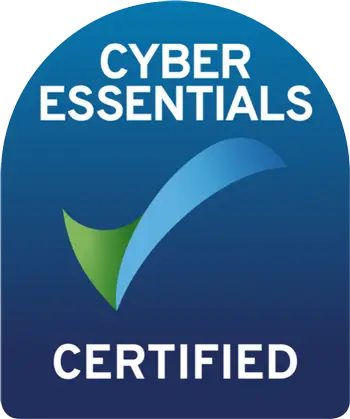For decades, office dress codes were led by an accepted belief that said: smart equals success. The tailored suit and tie, the 1980s power suit and the fitted dress and blazer all aimed to make the wearer appear more productive, more professional, and more successful.
However, beliefs around workwear, and its relationship to company’s brand and culture are rapidly changing. Across the world, smart casual (and in some cases just plain casual) attire like jeans, sweaters and t-shirts have become commonplace in an office environment – particularly in the creative and tech industries. Far from the ubiquitous work attire they once were, the suit and tie are now seen as the sole reserve of bankers, lawyers, accountants and interviewees.
This shift is often traced back to the influence of Silicon Valley tech companies, whose casual dress codes began to change our perception of what success looks like – think Mark Zuckerberg’s famous t-shirt and trousers combo. The pandemic and the continuation of remote home working gave millions of employees the chance to ditch the smart look for the first time, and many now value everyday comfort over formality.
According to market analysts Kantar, sales of suits are down 7% year-on-year, ties are down 6% and blazers down 10%. Is this just a trend, or is the office suit set for extinction? And how can both companies and employees benefit from relaxed dress codes – and even use them to their advantage?
In the creative industries, it’s hard to imagine the office suit ever making a comeback as mandatory workwear. Only a few years ago, it was accepted in our industry that a suit should always be worn in some circumstances – normally for a client meeting or presentation. These days, there is a bigger question mark around what is appropriate – but there is also more flexibility, and greater opportunity for self-expression. We have found that this has a positive impact on how we are perceived as a creative agency, as we can express our creative talents through what we wear.
Here, are our top three tips for embracing a new workwear culture and still dressing for success:
Don’t neglect the ‘smart’ in smart casual
While our perception of ‘smart’ has changed in the last few years, this doesn’t mean that anything goes – especially when you’re meeting clients. While clean trainers and well-fitting jeans are now broadly accepted as stylish and professional options, dirty, creased, and faded clothes can give a negative impression of your brand. And, while you might wear them at home, you should absolutely never wear tracksuit bottoms in front of clients – at least not the ones who will see you from the waist down!
Use your clients as a guide
If you’ve got a client meeting or presentation coming up and you really want to impress, it’s often a good idea to emulate their company dress code. That way, you can be sure that what you’re wearing won’t be perceived as unprofessional. If they are a full suit company, you might not want to copy them entirely (particularly if they’re hiring you to bring some much-needed creativity to the table) but being a bit smarter than usual can go a long way.
You are what you wear
Employees are part of your company’s brand. The smartness level of their clothing can embody your company message and impacts on how others view the culture and values of your business. A tailored suit is no longer perceived as the sole outfit of success, which means you have the opportunity to define what works for your company. Clothes make a big impression; if you’re hired to be creative, going beyond the formal dress codes and allowing employees to display individual style in their clothing choices can affirm your creative abilities to your clients and help you portray what your business is all about right from the first meeting.
Want to chat about your brand? We can’t promise to give you fashion advice, but get in touch and we can definitely help you refresh or develop your company branding.

